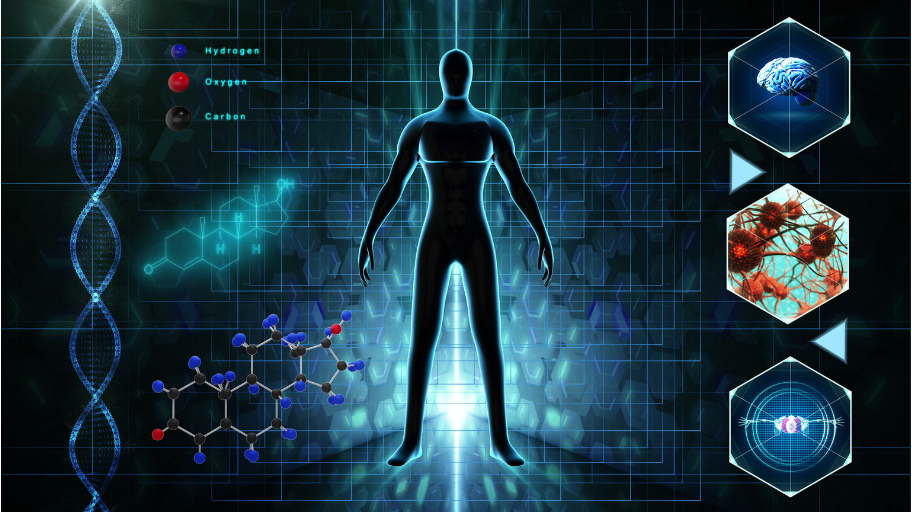Antisense, RNAi and micro-RNA Explained

RNA therapeutics harnesses the power of RNA to treat a wide range of diseases, including genetic disorders, infectious diseases, and cancer. This innovative approach involves using RNA-based drugs to block harmful proteins, offering promising potential for limitless treatments. Let’s take a closer look at three types of RNA therapeutics making headlines: Antisense, RNAi, and microRNA.
The Central Dogma
Gene expression is how DNA instructs cells to make proteins. Proteins are essential for our body to grow and function, but they can cause disease.
RNA as the Middleman
DNA is so fragile that it remains in the nucleus, a protected space in the center of the cell. Inside the nucleus, RNA is responsible for transcribing the DNA code into an RNA code. Once outside the nucleus, RNA travels to the ribosome, where the code is decoded into proteins. In some cases, the RNA contains instructions for generating disease-causing proteins. RNA-based drugs work by intercepting the disease-causing RNA before it reaches the ribosome, halting the production of harmful proteins.
Antisense Drugs Explained
Antisense drugs are short, synthetic pieces of RNA whose sequence complements the disease-causing RNA. These drugs enter patients’ cells and bind to the bad RNA, which triggers the enzyme RNAse H to destroy the “antisense and RNA structure,” effectively stopping illness in its tracks!
RNAi Drugs Explained
RNAi is a complicated drug. The body produces it after a series of steps.
- First, a disease-specific double-stranded RNA (dsRNA) is injected into a patient.
- The dsRNA is processed into a Short Interfering RNA (siRNA) by the enzyme DICER.
- The siRNA binds to a second enzyme called RNA-Induced Silencing Complex (RISC), forming a “siRNA + RISC complex.”
- This “siRNA + RISC complex” attaches to and destroys the disease-associated RNA, nipping disease in the bud.
RNAi in Action
Genzyme’s Kynamro lowers LDL cholesterol levels by blocking the RNA that produces the protein apolipoprotein B.
Alnylum’s Amvuttra treats polyneuropathy of hereditary transthyretin-mediated amyloidosis by blocking the RNA that produces the protein transthyretin.
MicroRNA Drugs Explained
MicroRNA (miR) is a double-stranded RNA (dsRNA) that regulates protein expression. RNAi, DICER and RISC process the double-stranded MicroRNA into a single-stranded RNA. This newly formed single-stranded RNA binds to the disease-associated RNA with its complementary sequence, halting the disease.
While no microRNA drugs have received FDA approval thus far, preclinical research on their potential applications for cancer is ongoing.
Biotech’s Darling
Only 10-14 percent of proteins can be targeted, leaving most diseases undruggable. RNA-based drugs prevent disease-causing proteins from ever being made, making the scope of treatment limitless.
Back to School
Reacquaint yourself with the basics of gene expression, DNA, mRNA, and proteins that you first learned in high school (but have since forgotten.) Take Biotech Primer’s Recorded BioBasics 101 course and relearn the foundational science underpinning the biopharma industry so that you can better understand the complexity of today’s biologics.

Biotech Primer is your go-to source for interactive training across the biotechnology, pharmaceutical, molecular diagnostics, and medical device sectors. Explore a range of in-depth biotech courses designed to deepen your understanding of key principles and applications in the field.
Learn More










